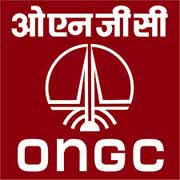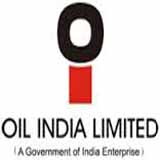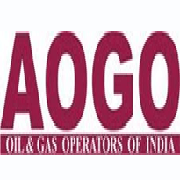-
Dark side of solar success: It may kill thermal power, banks
The latest solar power auction has yielded an electricity price of just Rs 3.15unit, down from Rs 5 two years ago. This seems competitive with coal-based thermal power. The government has raised its solar capacity target to 40GW by 2020 and 100GW by 2030, up from 12GW today. This promises to replace dirty coal-based power by cheap, renewable power.
What’s not to like? Plenty. Solar power has many hidden subsidies. Its true cost is far higher than for thermal power.
A far bigger problem is that solar power is given preference when supply exceeds demand, so thermal plants have to back down. The plant load factor (PLF) or capacity utilisation of coal-based plants was 76% six years ago, but is now just 58%. India used to be perennially short of electricity, but now most regions have surplus. India now exports power to Bangladesh, Nepal and Myanmar.
Thermal producers had expected the power shortage to continue, and hoped for at least 70% PLF , yielding good profits. But at today’s PLF of 58%, many are in trouble, especially merchant plants selling power on the open market because they don’t have power purchasing agreements with state governments. If average PLF falls below 48%, and that of merchant plants falls even more -as is likely if solar capacity soars to 40,000MW by 2020 -then many coal-based projects will go bust. These are financed overwhelmingly by loans, not equity . Interest on loans must be paid even if plants lie idle, so high interest costs can kill projects when the PLF falls.
Around 65GW of new thermal power plants are already in the pipeline. These, plus new solar plants, threaten a rising power surplus at a time of tepid demand growth. The consequent PLF collapse could bankrupt many projects, hugely burdening lenders. Many banks are already staggering under enormous bad debts, and now face the threat of a fresh avalanche. That will hit the whole economy .
In sum, explosive solar power growth looks a blessing, but can become a curse. We should hurry slowly .
Solar power looks great when the sun shines, but stops at sunset, just as power demand soars to its evening peak. Much thermal power has to remain idle during the day, ready to pick up the slack when solar production suddenly stops. This forced idleness carries huge costs hidden by ostensibly cheap solar power quotations.
The notion that solar power has become cheaper than coal-based power is an illusion (though, hopefully it will become reality if costs keep fall ing). An official answer to a question in Parliament said, “The government is promoting solar energy through fiscal and promotional incentives such as capital and or interest subsidies, tax holidays on earnings for 10 years, generation based incentives, accelerated depreciation, viability gap funding, financing rooftop solar as part of home loans, concessional excise and customs duties, preferences for power generated from renewables. “Whew! Besides, the government offers a 25% capital subsidy for solar equipment production. The solar parks attracting the recent low bids get cheap or free land from state governments, a big implicit subsidy since 1,000MW needs 5,000 acres. At an investor conference last year, one solar entrepreneur estimated the true cost of solar power (sans implicit and explicit subsidies) at Rs 6unit without storage and Rs 8 unit with stor age. A captive coal-based power station working flat out yields power at just Rs 2.50unit, far cheaper than solar power. Commercial thermal plants have quoted Rs 1.77 to Rs 4 unit.
Solar power is intermittent. It fails at night and works weakly on cloudy or foggy days. Ideally , plants should store part of their generation during the day and then release it after sunset.
If all solar power that creates surplus supply is stored, thermal plants need not back down when the sun shines. Power storage based on conventional batteries is very expensive. Hopefully new technologies will cut the cost, but none are in sight yet.
Solar costs are falling fast. The slower we go, the more solar costs will fall. So speed is not a virtue. Raising solar targets repeatedly looks green and good, but has hidden, potentially disastrous costs.
In place of solar target practice, India must plan to match total power supply with decelerating demand, and aim for a solar-thermal mix that avoids huge idle capacities. Both thermal and solar capacity creation must slow down. Breakneck speed for solar power will break the neck of thermal plants and banks. Nickell Robey-Coleman Authentic Jersey
Share This



























































































